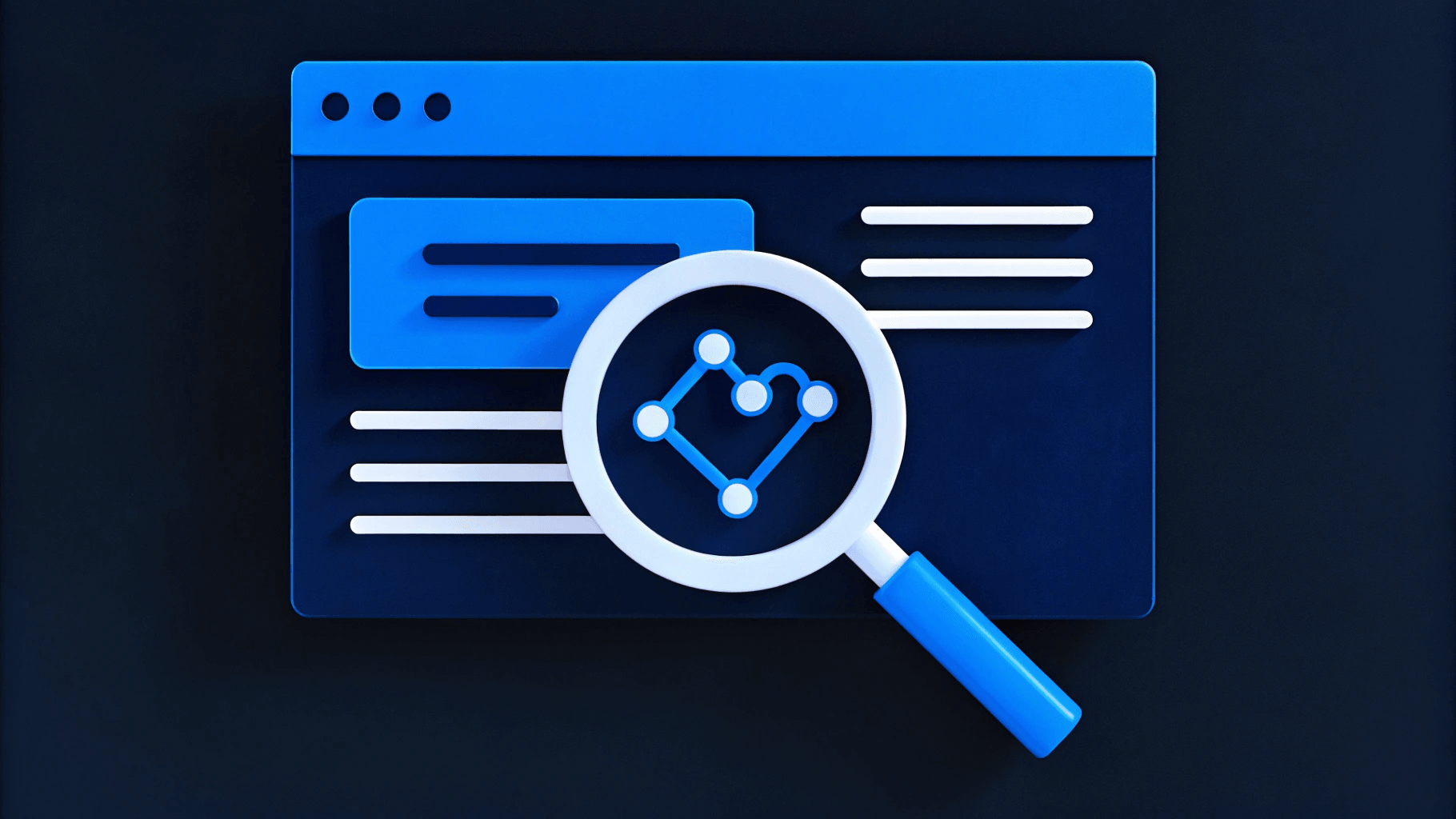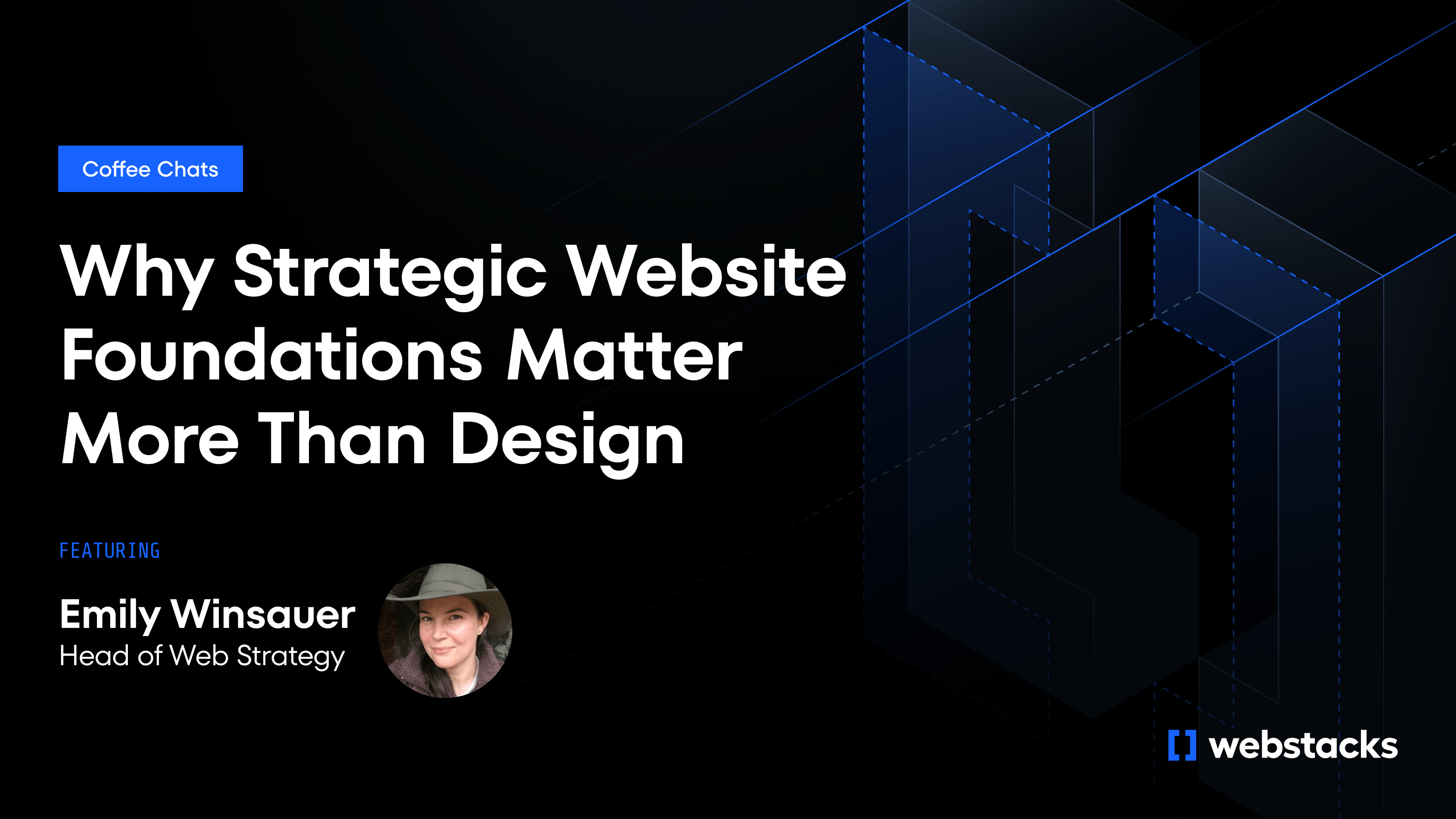Your development team spends a large amount of its time on repetitive coding tasks. Design handoffs take days. Performance optimization happens after launch, not during development. Sound familiar?
AI web development tools solve these exact problems. They automate the mundane work that eats up your team's time. They translate designs into code in minutes, not days. They catch bugs before users do.
This guide covers 10 AI tools that actually deliver results. You'll learn what each tool does, where it excels, and how it fits into your existing workflow
What are AI Web Development Tools?
AI web development tools use machine learning to automate and optimize the development process. They analyze code patterns, understand design intent, and predict what developers need next. Unlike traditional tools that follow rigid rules, AI solutions adapt to your specific project context.
These tools handle everything from code generation to performance monitoring. A code completion tool might suggest entire functions based on your comments. A design tool could convert your Figma mockup into production-ready React components. An optimization platform might predict traffic spikes and scale resources automatically.
The result? Your team focuses on solving complex problems instead of writing boilerplate code. Projects ship faster. Code quality improves. And your websites perform better from day one.
1. Cursor
Cursor is an AI-first code editor that combines VS Code's familiar interface with powerful AI capabilities. It understands your entire codebase context and provides intelligent suggestions beyond simple autocomplete.
You can describe features in plain English, and Cursor generates contextually appropriate code. It suggests refactoring improvements, catches bugs, and provides inline documentation. The tool learns your project's patterns and conventions, making its suggestions increasingly accurate over time.
Key Features
- Context-aware code suggestions across your entire project
- Natural language to code conversion
- Multi-language support (JavaScript, Python, TypeScript, and more)
- Intelligent refactoring and bug detection
- Real-time documentation generation
Pros and Cons
- Pros: Speeds up development significantly, reduces syntax errors, integrates smoothly with existing workflows
- Cons: Works best with common programming patterns, requires internet connection
Best For
Large development teams working on complex codebases who need intelligent code completion and refactoring assistance. Ideal for software companies and enterprises with established development workflows looking to accelerate their coding process without changing their existing VS Code setup.
Integrations for Developers: Git, GitHub/GitLab, Docker, SSH remote development, VS Code extensions, major language servers, popular testing frameworks.
2. Lovable
Lovable uses AI to improve website experiences by analyzing user interface interactions and generating design solutions. The platform identifies friction points before they impact conversions and provides specific recommendations. Loveable processes user behavior data to understand what causes drop-offs and suggests targeted improvements. The platform also offers real-time A/B testing, allowing you to test AI-generated improvements automatically.
Key Features
- Behavioral pattern analysis and prediction
- Automated UX testing and optimization
- Heat mapping and journey visualization
- AI-powered A/B test recommendations
- Real-time design improvement suggestions
Pros and Cons
- Pros: Improves conversion rates measurably, reduces manual testing time, provides specific recommendations
- Cons: Requires substantial user data for best results, initial setup takes time
Best For
E-commerce platforms, SaaS companies, and marketing-focused websites that need to optimize conversion rates and user experience. Perfect for businesses with sufficient traffic to generate meaningful behavioral data and companies prioritizing data-driven UX improvements.
Integrations for Developers: Supabase, GitHub, OpenAI, Anthropic, Stripe, JavaScript/graphics libraries, custom API connections through OpenAPI specifications.
3. GitHub Copilot
GitHub Copilot acts as an AI pair programmer trained on billions of lines of code. Developed by GitHub and OpenAI, it suggests entire functions, implements algorithms, and even writes tests based on your comments. The tool understands project context and follows framework-specific conventions. It speeds up development without sacrificing code quality. Copilot adapts to your coding style and provides multiple alternatives for each suggestion.
Key Features
- Real-time code suggestions in your IDE
- Support for dozens of languages and frameworks
- Context-aware function and class generation
- Multiple suggestion alternatives
- Continuous learning from your coding style
Pros and Cons
- Pros: Reduces development time drastically, helps learn new frameworks, works seamlessly in popular IDEs
- Cons: Requires code review for security and optimization, subscription-based
Best For
Individual developers and development teams across all company sizes who want to accelerate everyday coding tasks. Especially valuable for developers learning new frameworks or languages, and teams working on standard web applications with common programming patterns.
Integrations for Developers: VS Code, Visual Studio, Neovim, JetBrains IDEs, GitHub repositories, all major languages and frameworks.
4. Claude Code
Claude Code excels at architectural discussions and complex programming concepts. Built on Anthropic's Claude AI model, it understands broader project context, including business requirements and technical constraints. The tool analyzes codebases, explains algorithms in simple terms, and helps with system design. Claude Code generates complete modules with proper error handling, documentation, and test cases.
Key Features
- Natural language code generation with context
- Architectural and design pattern discussions
- Debugging with detailed explanations
- Code review and optimization suggestions
- Technical documentation generation
Pros and Cons
- Pros: Excellent for learning and complex problem-solving, provides educational explanations, understands broader context
- Cons: May generate verbose solutions, needs clear prompts
Best For
Senior developers and technical architects working on complex systems who need assistance with architectural decisions and system design. Ideal for enterprise companies tackling challenging technical problems and development teams that value detailed explanations and educational support.
Integrations for Developers: API for IDEs, CI/CD pipeline integration, documentation systems, webhook support, potential Jira/Trello integration via third-party tools.
5. OpenAI Codex
OpenAI Codex powers many AI coding tools, including GitHub Copilot. This GPT-3 descendant translates natural language into functional code across multiple programming paradigms. Codex handles everything from utility functions to complex architectures. It understands edge cases and follows language-specific conventions automatically. The model supports procedural, object-oriented, and functional programming equally well.
Key Features
- Natural language to code translation
- Support for 12+ programming languages
- Cross-language code translation
- Complex concept understanding
- API access for custom implementations
Pros and Cons
- Pros: Most versatile AI coding model, excellent for prototyping, works across paradigms
- Cons: Can generate over-engineered solutions, requires API access
Best For
Developers and companies building custom AI-powered development tools or integrating AI coding capabilities into existing platforms. Perfect for tech companies creating developer tools, educational platforms teaching programming, and organizations needing versatile cross-language code generation.
Integrations for Developers: OpenAI API, powers GitHub Copilot, custom IDE integration, cloud environments, educational platforms.
6. Bolt
Bolt generates full-stack application code from natural language prompts. It understands design semantics and creates production-ready code with proper component architecture. The platform maintains design system consistency and implements responsive layouts automatically. While it incorporates accessibility features, full compliance may require additional developer input. Bolt generates clean code following modern web development standards.
Key Features
- Natural language to application conversion
- Automatic responsive implementation
- Design system consistency maintenance
- Accessibility features by default
- Performance-optimized output
Pros and Cons
- Pros: Eliminates design-to-code bottlenecks, maintains consistency, reduces manual errors
- Cons: Complex interactions may need manual refinement
Best For
Agencies and development teams that frequently convert designs to code, especially those working with design systems. Ideal for companies with dedicated design teams who need to bridge the gap between design and development efficiently, and startups requiring rapid MVP development.
Integrations for Developers: Figma plugins, React/Vue/Angular export, Git, Storybook, Tailwind/Bootstrap, CLI tools, APIs.
7. Replit
Replit provides instant development environments with AI assistance in your browser. No setup, no configuration—just start coding in over 50 programming languages. The platform supports real-time collaboration with AI helping debug and complete code. You can deploy directly from Replit, making it perfect for rapid prototyping and team projects. It removes technical barriers and makes coding accessible to anyone with internet access.
Key Features
- Browser-based development environment
- AI-powered code completion and debugging
- Real-time collaboration features
- Instant deployment capabilities
- 50+ language support
Pros and Cons
- Pros: Zero setup required, excellent for collaboration, free tier available
- Cons: Not suitable for large production apps, requires internet connection
Best For
Educational institutions, coding bootcamps, and remote teams who need instant development environments. Perfect for prototyping, learning programming, collaborative coding sessions, and small teams that want to avoid complex development environment setup.
Integrations for Developers: GitHub, custom domains, PostgreSQL/MySQL/MongoDB, GraphQL API, webhooks, embeddable environments.
8. Cline
Cline acts as an automated code reviewer that never sleeps. It understands your codebase's context and provides suggestions based on your team's patterns. The AI identifies security issues, performance bottlenecks, and architectural inconsistencies. It learns from your decisions and improves its recommendations over time. Cline tracks technical debt and prioritizes fixes based on business impact.
Key Features
- Contextual code quality analysis
- Security vulnerability detection
- Performance optimization suggestions
- Technical debt tracking
- Team-specific pattern learning
Pros and Cons
- Pros: Improves code quality consistently, integrates with CI/CD, reduces review time
- Cons: May flag acceptable patterns initially, requires configuration
Best For
Development teams focused on code quality and security, particularly in regulated industries or companies with strict compliance requirements. Ideal for organizations with large codebases that need consistent code review standards and teams looking to reduce technical debt systematically.
Integrations for Developers: VS Code, IntelliJ, Git platforms.
9. Windsurf
Windsurf streamlines deployment and improves developer productivity through automated code generation and deployment integration. The platform focuses on accelerating coding workflows and simplifying the deployment process. While it assists with building and deploying web applications, Windsurf's AI currently emphasizes coding acceleration rather than runtime optimization. It provides automated support for common DevOps tasks.
Key Features
- Automated deployment pipeline
- AI-driven code generation
- Performance monitoring capabilities
- Security scanning features
- Developer productivity tools
Pros and Cons
- Pros: Reduces deployment time, improves coding efficiency, provides DevOps automation
- Cons: Platform limitations, learning curve for advanced features
Best For
Development teams that want to streamline their entire development-to-deployment workflow with AI assistance. Perfect for companies looking to automate DevOps tasks and organizations that need integrated coding and deployment solutions without managing complex CI/CD configurations.
Integrations for Developers: AWS/Google Cloud, CI/CD tools, Slack notifications, REST/GraphQL API tooling.
10. Uizard
Uizard turns sketches and descriptions into functional web designs and code. Draw on paper, describe in words, or upload a wireframe—Uizard creates professional interfaces automatically. Using computer vision and natural language processing, it transforms basic inputs into designs following modern principles. The platform maintains consistency across screens and produces interactive prototypes with realistic user flows.
Key Features
- Sketch to design conversion
- Natural language design generation
- Responsive layout creation
- Real-time collaboration
- Component library access
Pros and Cons
- Pros: Speeds up prototyping dramatically, enables non-designer participation, maintains consistency
- Cons: Limited for complex interactions, best for standard patterns
Best For
Non-technical founders, product managers, and small teams without dedicated designers who need to quickly create professional-looking prototypes. Ideal for startups in the early ideation phase and companies that want to democratize design creation across different departments.
Integrations for Developers: CSS and React code export for components, Figma import plugin, and collaboration features.
AI in Action: Get Real Results Today with Webstacks
AI web development tools are revolutionizing website creation by automating traditionally manual tasks. This paradigm shift enables developers to focus on creative problem-solving while increasing productivity. Through AI integration, developers can build more maintainable, user-friendly websites with greater efficiency.
Webstacks leverages cutting-edge AI web development tools to deliver faster project timelines and higher-quality websites for enterprise clients. By integrating tools like GitHub Copilot for accelerated development, Bolt for seamless design-to-code conversion, and Cline for automated code quality assurance, Webstacks has reduced development cycles significantly while maintaining exceptional code standards.
This strategic implementation of AI tools allows Webstacks to focus its expert developers on complex problem-solving and innovative features rather than repetitive tasks. Their approach demonstrates how AI tools, when properly integrated into professional workflows, can enhance rather than replace human expertise. The result is a development process that combines the efficiency of AI with the creativity and strategic thinking that only experienced developers can provide, delivering enterprise-grade websites that are both technically superior and delivered ahead of schedule.
Book a call with one of our experts to see how AI-enabled web development can take your website to the next level.




